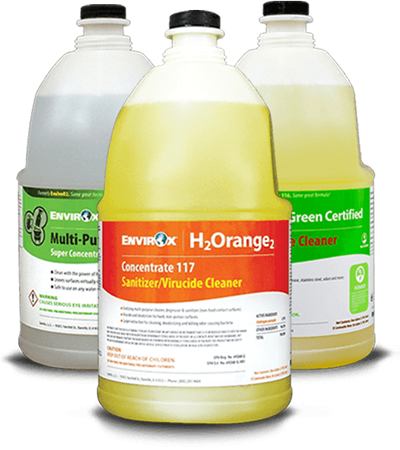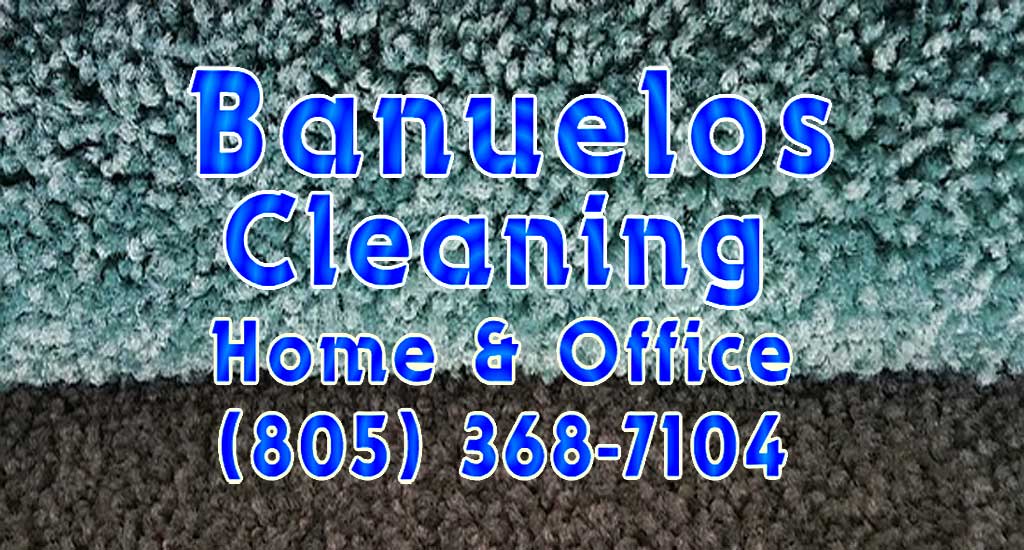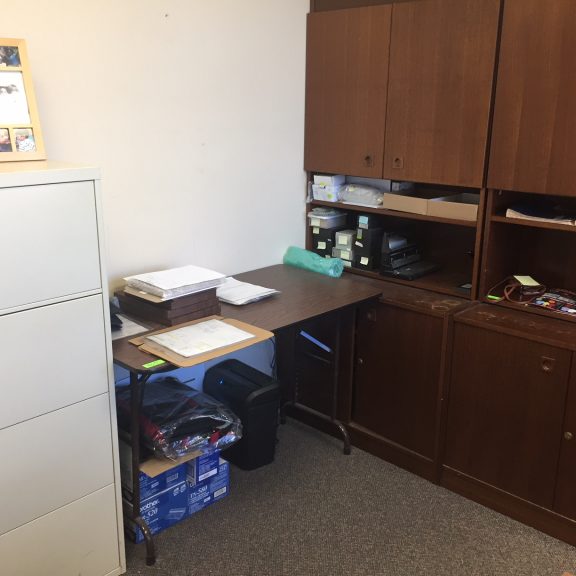Let us deep clean your place.
Besides our cleaning expirence we use only the best there is to clean. It is healthier, and leave far less residue than typical cleaners. No more sticky surfaces that get dirty quickly and can harbor bacteria. Less worry about surface damage or safety to family or workers.
This is the core of our promise to you. Excellent cleaning results.

How to Clean and Disinfect
Surfaces
- If surfaces are dirty, they should be cleaned using a detergent or soap and water prior to disinfection.
- For disinfection, diluted household bleach solutions, alcohol solutions with at least 70% alcohol, and most common EPA-registered household disinfectants should be effective.
- Diluted household bleach solutions can be used if appropriate for the surface. Follow manufacturer’s instructions for application and proper ventilation. Check to ensure the product is not past its expiration date. Never mix household bleach with ammonia or any other cleanser. Unexpired household bleach will be effective against coronaviruses when properly diluted.
- Prepare a bleach solution by mixing:
- 5 tablespoons (1/3rd cup) bleach per gallon of water or
- 4 teaspoons bleach per quart of water
- Products with EPA-approved emerging viral pathogens claimsexternal icon are expected to be effective against COVID-19 based on data for harder to kill viruses. Follow the manufacturer’s instructions for all cleaning and disinfection products (e.g., concentration, application method and contact time, etc.).
- For soft (porous) surfaces such as carpeted floor, rugs, and drapes, remove visible contamination if present and clean with appropriate cleaners indicated for use on these surfaces. After cleaning:
- If the items can be laundered, launder items in accordance with the manufacturer’s instructions using the warmest appropriate water setting for the items and then dry items completely.
- Otherwise, use products with the EPA-approved emerging viral pathogens claims (examples at this linkpdf iconexternal icon) that are suitable for porous surfaces
Linens, Clothing, and Other Items That Go in the Laundry
- Do not shake dirty laundry; this minimize the possibility of dispersing virus through the air.
- Wash items as appropriate in accordance with the manufacturer’s instructions. If possible, launder items using the warmest appropriate water setting for the items and dry items completely. Dirty laundry that has been in contact with an ill person can be washed with other people’s items.
- Clean and disinfect hampers or other carts for transporting laundry according to guidance above for hard or soft surfaces.
- Cleaning staff should wear disposable gloves and gowns for all tasks in the cleaning process, including handling trash.
- Gloves and gowns should be compatible with the disinfectant products being used.
- Additional PPE might be required based on the cleaning/disinfectant products being used and whether there is a risk of splash.
- Gloves and gowns should be removed carefully to avoid contamination of the wearer and the surrounding area. Be sure to clean hands after removing gloves.
- Gloves should be removed after cleaning a room or area occupied by ill persons. Clean hands immediately after gloves are removed.
- Cleaning staff should immediately report breaches in PPE (e.g., tear in gloves) or any potential exposures to their supervisor.
- Cleaning staff and others should clean hands often, including immediately after removing gloves and after contact with an ill person, by washing hands with soap and water for 20 seconds. If soap and water are not available and hands are not visibly dirty, an alcohol-based hand sanitizer that contains 60%-95% alcohol may be used. However, if hands are visibly dirty, always wash hands with soap and water.
- Follow normal preventive actions while at work and home, including cleaning hands and avoiding touching eyes, nose, or mouth with unwashed hands.
- Additional key times to clean hands include:
- After blowing one’s nose, coughing, or sneezing
- After using the restroom
- Before eating or preparing food
- After contact with animals or pets
- Before and after providing routine care for another person who needs assistance (e.g., a child)
- Additional key times to clean hands include:
- Employers should work with their local and state health departments to ensure appropriate local protocols and guidelines, such as updated/additional guidance for cleaning and disinfection, are followed, including for identification of new potential cases of COVID-19.
- Employers should educate staff and workers performing cleaning, laundry, and trash pick-up activities to recognize the symptoms of COVID-19 and provide instructions on what to do if they develop symptoms within 14 days after their last possible exposure to the virus. At a minimum, any staff should immediately notify their supervisor and the local health department if they develop symptoms of COVID-19. The health department will provide guidance on what actions need to be taken. When working with your local health department check their available hours.
- Employers should develop policies for worker protection and provide training to all cleaning staff on site prior to providing cleaning tasks. Training should include when to use PPE, what PPE is necessary, how to properly don (put on), use, and doff (take off) PPE, and how to properly dispose of PPE.
- Employers must ensure workers are trained on the hazards of the cleaning chemicals used in the workplace in accordance with OSHA’s Hazard Communication standard (29 CFR 1910.1200external icon).
- Employers must comply with OSHA’s standards on Bloodborne Pathogens (29 CFR 1910.1030external icon), including proper disposal of regulated waste, and PPE (29 CFR 1910.132external icon).










